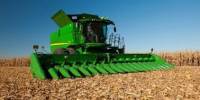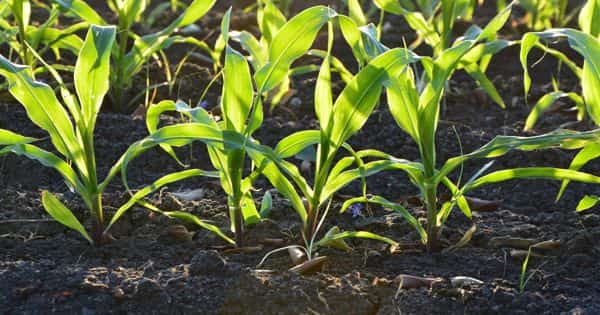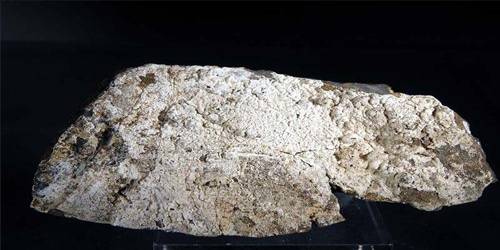Soil conservation is the practice of protecting the soil from degradation and erosion by maintaining its health, fertility, and productivity. It involves various practices and techniques aimed at preventing or mitigating the negative effects of soil degradation caused by human activities, such as overgrazing, deforestation, and urbanization, as well as natural factors, such as wind and water erosion.
Soil conservation is the prevention of erosion of the topmost layer of soil or the reduction of fertility due to overuse, acidification, salinization, or other chemical soil contamination. Some common soil conservation practices include:
- Crop rotation: This involves growing different crops on a piece of land in a systematic pattern to reduce the depletion of soil nutrients and to help prevent soil erosion.
- Contour plowing: This involves plowing fields in such a way that the furrows run across the slope of the land, which slows down water flow and reduces soil erosion.
- Terracing: This involves creating level steps on steep slopes to reduce water flow and prevent soil erosion.
- Cover cropping: This involves planting crops that protect the soil, such as clover, alfalfa, or grass, between main crops to reduce soil erosion and add nutrients to the soil.
- Agroforestry: This involves integrating trees into agricultural landscapes to provide shade, reduce wind speeds, and help prevent soil erosion.
Some less developed areas practice slash-and-burn farming and other unsustainable subsistence farming methods. Deforestation typically results in large-scale erosion, soil nutrient loss, and, in extreme cases, total desertification. Crop rotation, cover crops, conservation tillage, and planted windbreaks are all techniques for improving soil conservation that affect both erosion and fertility. Plants decompose and become part of the soil when they die. The Natural Resources Conservation Service’s standard methods are defined in Code 330. Soil conservation has been practiced by farmers for millennia.
In Europe, policies such as the Common Agricultural Policy aim to improve soil conservation by promoting the use of best management practices such as reduced tillage, winter cover crops, plant residues, and grass margins. To address the erosion issue, additional political and economic action is required. A simple governance challenge concerns how we value land, which can be altered through cultural adaptation. Soil carbon is a carbon sink that helps to mitigate climate change.
















